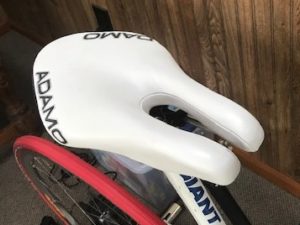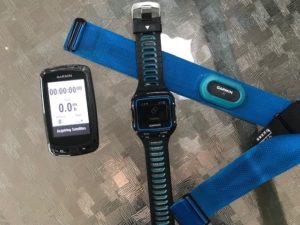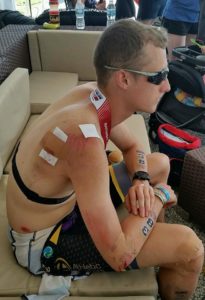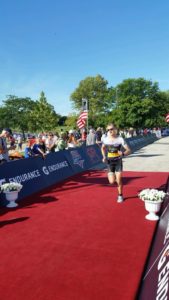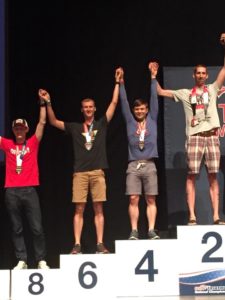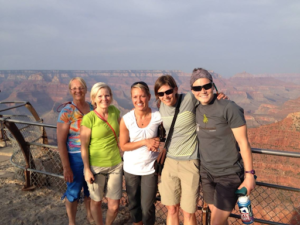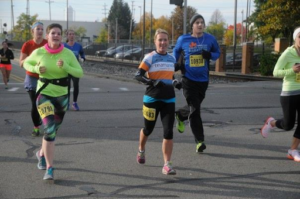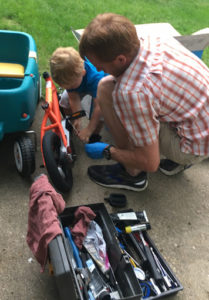By Kellen Caldwell
I have a great passion for riding bikes no matter what discipline. I began mountain biking three years ago, and only started road biking a year ago. My first experience racing mountain bikes was in 2017, and my first road race was last year. The first member of Athletic Mentors I met after joining the team was Terry Ritter. Terry has been a huge help with team related questions and he has also provided me with a lot of opportunities to improve my skills. I met my teammate Dan Yankus last summer. I still remember the first ride we did through Kensington Metropark. During that ride, I learned a lot other cyclists as well as about Team Athletic Mentors’ long history. These rides last summer with Dan made me a better rider both physically and mentally.
Toward the end of last summer, Dan offered to train me. I can’t even explain how much of a difference this has made in my fitness and riding ability. On one of our last training rides together before the cross country season started, Dan and I talked about my goals for the coming season. In the early season, I raced the Barry Roubaix gravel road race. I finished third in my age group. I wanted to make it my goal to win that race in my age group and maybe even over all.
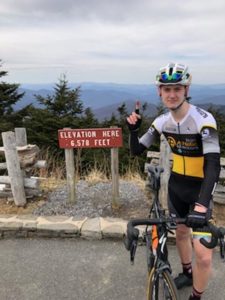 As fall turned to winter, I realized I would have to make the Zwift program my best friend for the next four months if I wanted to achieve my goals at Barry Roubaix. Luckily, I was also blessed with the opportunity to go to North Carolina for the annual team camp. Down in NC, I met Ross DiFalco, Jared Dunham, Bobby Munro, Elaine Sheikh, and a former team member, Scott Hoffner. It was great to go to NC not only because it’s beautiful, but it offered team bonding, quality training, and was much better than sitting on a bike in my basement.
As fall turned to winter, I realized I would have to make the Zwift program my best friend for the next four months if I wanted to achieve my goals at Barry Roubaix. Luckily, I was also blessed with the opportunity to go to North Carolina for the annual team camp. Down in NC, I met Ross DiFalco, Jared Dunham, Bobby Munro, Elaine Sheikh, and a former team member, Scott Hoffner. It was great to go to NC not only because it’s beautiful, but it offered team bonding, quality training, and was much better than sitting on a bike in my basement.
The countdown to Barry Roubaix flew by… and before I knew it, I was at the peak of my training load… at around one hundred and twenty hours of for the off season. After hours of Dan’s workouts and online races, it was finally here: Race week! This week was very stressful for me. I was losing sleep over questions about my competition. When I asked Dan about the race and especially about my contenders, he simply reassured me saying, “You will be fine.” This kind of brought me back down to Earth, and I started thinking about really how much work I had done to get to this point. I thought, if anything bad happens to me at this point, then it is out of my hands.
Then came race day. Me and my family arrived in the beautiful Hastings countryside in the early morning. There was a slight chill and a breeze. I got my number plate, warmed up, and met up with a couple of my teammates. Before I knew it, start time was here. I hurried to the start to get the best spot possible, tried to eye up my competition, but then remembered that it was irrelevant. From here to the end of my race it was just me and my bike, a bond that couldn’t be broken. After standing and waiting for about five minutes I knew who was there and who wasn’t. Thirty seconds till start I said my goodbyes. Then, we were off!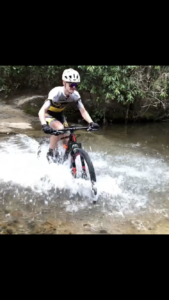
My main focus within the race was to keep track of my competitors and make sure that I didn’t make the same mistake as last year and let one slip away into the cluster of people as they passed by. This time I kept track of them. I tried to stay up front to make sure I would be the first into Sager Road (the gnarly two track section of the course), and luckily I was. A kid my age by the name of Max, a renowned cyclocross rider, got onto Sager right behind me. We came out of there together with our battle scars. Eventually we formed a group of six riders breaking away from the main group. We stayed away for the rest of the race.
Max was still in the break and he was my only competition left for the top podium spot. We entered the last pavement strip before making our way into town. I sat up front and kept looking back to see if anyone was going to make a move early on, we came up the last hill and we could see the stop light from there. Still up front, and knowing I’m not much of a sprinter, I decided to make the move once we hit the stoplight. We made our way into the final turn “guns a’ blazin’”. I was mashing my pedals into the ground. In this brief moment before the finish, I thought about how disappointed I’d be to come this far to lose. I poured all my might into that sprint, and at the end of the day, I accomplished my goal. I finished first in the juniors and tenth overall. This was so rewarding. 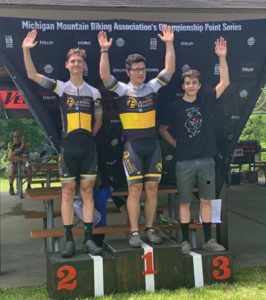
An important lesson we can all learn from this is that it’s important to believe in yourself, but it’s also important to have faith in others. For example, not once did I doubt that the work Dan was having me do was absolutely necessary. Who knows what shape or disadvantage I could have been in if I had not listened to his instruction.
I would like to thank everyone on or off of this team for their contributions to this success: My mom and dad for driving me to these special places beyond southeast Michigan, my teammates for showing me the ropes, Terry for his support, and a special thanks to Dan Yankus for being an awesome coach, mentor, and teammate. I’m excited to see how he can possibly shape me into a better athlete in the future! Also, a big thanks to Cheryl Sherwood for organizing all of the team’s wonderful events! I look forward to the rest of the 2019 season with Athletic Mentors!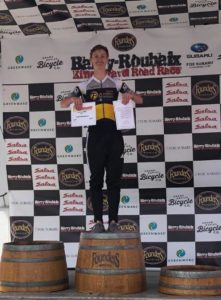
The post Breakout Season appeared first on Team Athletic Mentors.




 Our Hockey Site
Our Hockey Site Team AM
Team AM


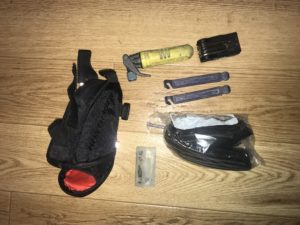
 DISCLAIMER: these should be used as a last resort if your spare tube is punctured or if you get a double flat (two flat tires in one ride).
DISCLAIMER: these should be used as a last resort if your spare tube is punctured or if you get a double flat (two flat tires in one ride).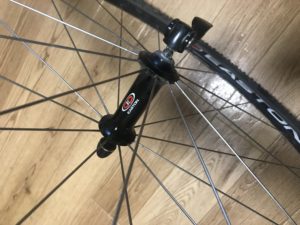


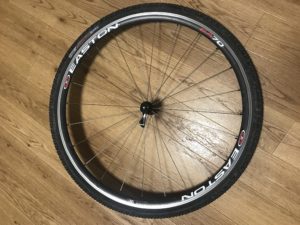
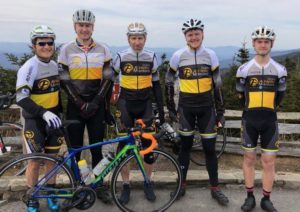
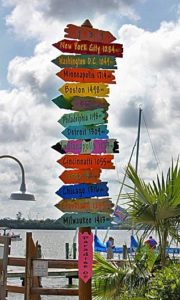
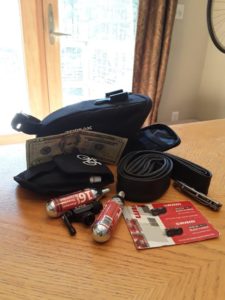
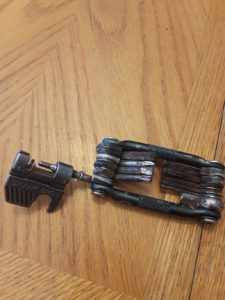
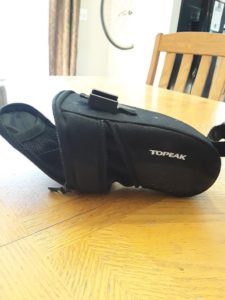 For the pack itself, I’ve recently been using a Topeak “Aero Wedge Pack w/ Fixer”. The bag is capable of fitting everything you’ll need and more. Something great about it is the “Fixer”, which is a piece that mounts to the bottom of the seat instead of relying on straps to hold the bag. I read on
For the pack itself, I’ve recently been using a Topeak “Aero Wedge Pack w/ Fixer”. The bag is capable of fitting everything you’ll need and more. Something great about it is the “Fixer”, which is a piece that mounts to the bottom of the seat instead of relying on straps to hold the bag. I read on 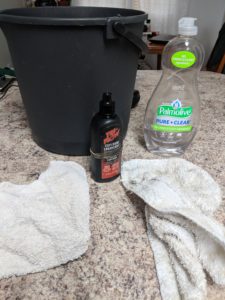
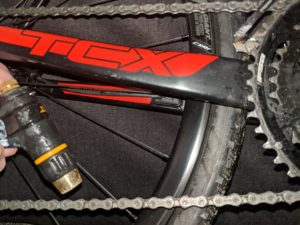
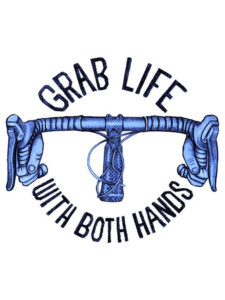
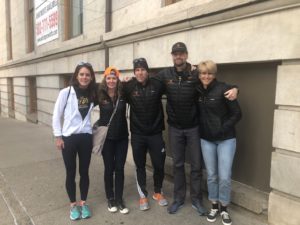
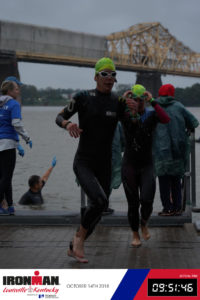
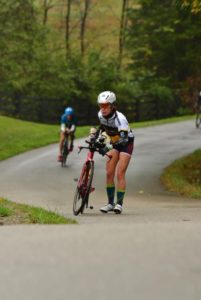
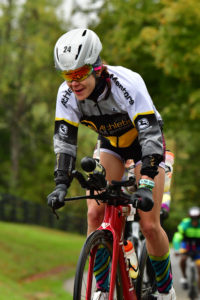
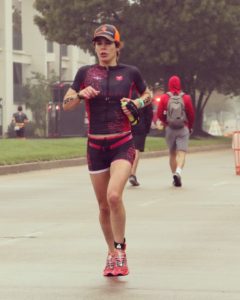
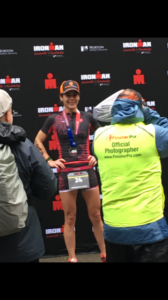
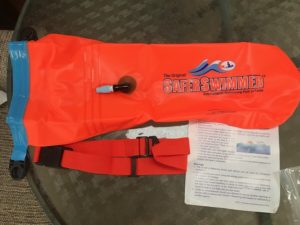 – Safer Swimmer Float attaches to your waist, has a dry bag you can put valuables in, bright orange so people see you and in emergency you use as a flotation device.
– Safer Swimmer Float attaches to your waist, has a dry bag you can put valuables in, bright orange so people see you and in emergency you use as a flotation device.